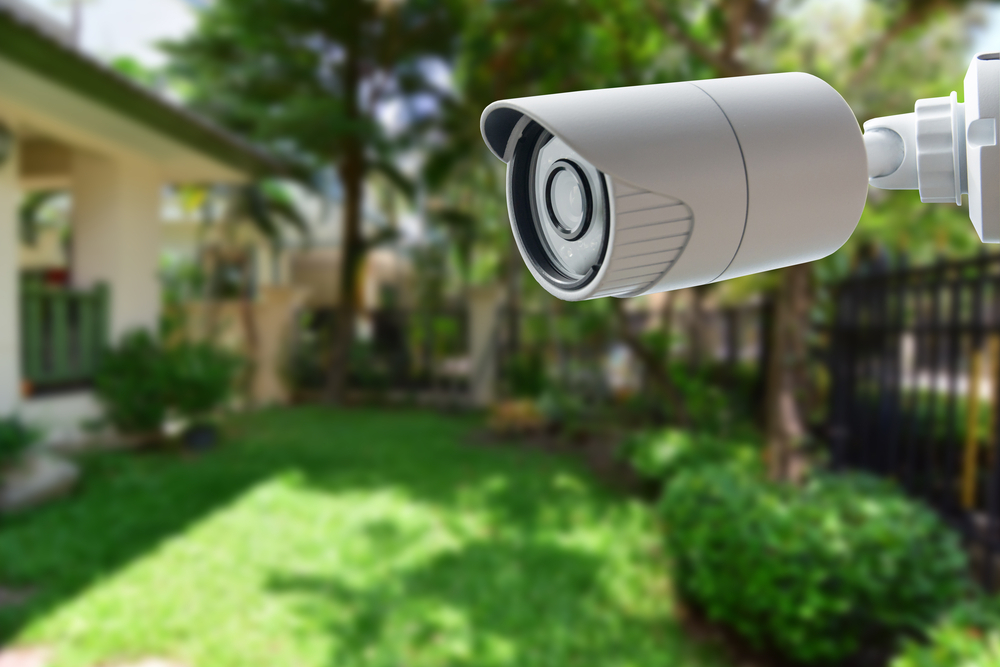USPS Mail Forwarding: What You Need to Know

Moving soon? Get organized with our free moving checklist.
If you are moving soon, you’re probably wondering what will happen to your mail. If you don’t plan ahead, a change of residence could mean your mail landing in the hands of strangers occupying your former home.
If you are worried about losing letters or valuable packages, consider applying for the USPS mail forwarding service before you move. This article will help answer some of the most common questions about forwarding your mail with the USPS:
What is mail forwarding with the USPS?
Mail forwarding is a service used to redirect mail whenever you move. The optional service simply redirects mail without actually changing your address. Should you fail to inform the people or companies that send you correspondence when you change your address, you can rest assured your mail will be forwarded to your current address by the USPS.
There are two types of mail forwarding services with the USPS:
- Regular Mail Forwarding: Regular Mail Forwarding is a standard forward mailing service where the USPS forwards your mail piece by piece once you change your address. The service may also mail some specific items for free such as Priority Mail, Periodicals, and First Class mail, among others.
- Premium Forwarding Services: This service provides more flexibility and control regarding how you want to receive your forwarded mail. The premium forwarding service is ideal for anyone who prefers receiving their mail only for a while. It can also be a good option if you wish to receive your business mail in a single place.
How does USPS mail forwarding work?
As mentioned earlier, mail forwarding is a service that redirects all your mail to your new address once you move. Your forward order is entered into the national address database so that when someone sends a letter or parcel to your former address, the fact you have moved to a new place is detected at the origin. A barcode for your new address is then printed on your mail. In a nutshell, the mail forwarding service enables the USPS to catch your lost letters and automatically redirect them to your new address.
The steps to set up mail forwarding with the USPS
You can either set up mail forwarding by filling out a PS Form 3575 at your local post office or submitting your Change of Address (CAO) form online:
Visit your local post office
The following is a step-by-step guide to set up mail forwarding with the USPS:
- Visit your local post office a few days before you move
- Fill out an official USPS COA form
- Hand the form to the postal worker
- A confirmation letter is sent to your new address after five business days
Applying online
The following are the steps to apply online for mail forwarding with the USPS:
- Go to the USPS website ad navigate to the change of address page.
- Fill out all necessary information, including your personal information, old address, and new address.
- Choose whether you are changing your address permanently or temporarily.
- Pay the identify verification fee.
- You will receive an email from USPS with a confirmation code.
- A mail is sent to your new address.
Which USPS mail forwarding form should I use?
It is crucial to fill out a suitable form when changing the address. There are three primary forms to choose from when applying for USPS mail forwarding service:
- Individual Change of Address Form: This is the form you use if there is only one person in the household moving. You can also use this form if multiple household members move to different locations. This means that if you and your roommates are moving to different places, each of you must fill separate individual COA form.
- Family Change of Address Form: This form is used when everyone in a single household shares the same last name and moves to the same place. This form comes in handy when you want to forward all your family’s mail to a new address.
- Business Change of Address Form: A business entity should fill its own specific change of address form. Provided you have the authority to forward your organization’s mail, you can change the entire company’s address using this form.
When will the USPS mail forwarding begin?
Mail forwarding typically begins within three days of the submitted request. However, it is best to allow 7 to 14 days for your mail to be forwarded to your new address as received. If you want to begin receiving your mail on move-in day, ensure to submit your request at least three days in advance.
How much does USPS mail forwarding cost?
USPS forwards your First-Class Mail® for free via the standard COA form. However, if you fill out the form online, you must pay a one-time fee of $1.05 for identification purposes. The USPS charges a $21.90 initial setup charge and an ongoing weekly fee for their Premium Forwarding Service Residential® (PFS-Residential).

How will the postal service know the date of my move?
During your application procedure, you are allowed to select the date you want the USPS to start forwarding your mail to a new address. You should expect to receive your mail at your new address on the move date or a few days after the selected start date.
How do I know my USPS mail forwarding request was successful?
Once you completely fill out and submit your request successfully, the post office will speedily mail a Move Validation Letter to your new address. The postal service will then process your COA form before sending an official USPS Customer Notification Letter to your updated address. If you submitted your request online, a Change of Address Confirmation with your Confirmation Code is sent to your inbox.
What do I do if I fail to receive my mail?
If the 14-day window period lapses before you receive your mail at your new address, visit your local post office and inform them of your challenge. Ensure you take along your identification and Confirmation Code as reference.
How long does USPS forward mail?
Unfortunately, you cannot forward your mail forever. USPS forwards all types of mail for up to 12 months. This means you will have a full calendar year without worrying about losing any letters or valuable packages. However, the USPS has a shorter forwarding limit of up to 60 days max for periodicals such as magazines and newspapers.
Can USPS allow for a mail forwarding extension?
You can request a mail forwarding extension beyond a year. However, for you to qualify for the extension, you must prove you are likely to suffer financial hardship if extended forwarding is not granted. You should also show you are doing all possible to notify correspondents of your new address.
Which mail can be forwarded for free?
All First-Class Mail, periodicals, and Premium shipping services such as Priority Mail Express, First-Class Package, and Priority Mail are forward for free. However, for Media Mail and USPS Retail Ground mail to be forwarded, you have to pay the cost to ship the mail from your local post office to your current address.
What type of mail will not be forwarded?
The post office says any Standard Mail such as advertising mail, catalogs, books, and circulars will not be forwarded unless requested by the mailer.
Does USPS mail forwarding include packages?
USPS forwards only First-Class Mail® packages with Standard Temporary or Permanent mail forwarding. The service forwards the packages free of charge.
What happens if I don’t submit a USPS mail forwarding request?
If you fail to submit a USPS mail forwarding request when you move, the post office collects and stores your mail for a maximum of 10 days. After the 10-day period, the mail is returned to the sender where possible. If the USPS can’t return the mail, they will discard it.
Who else should I notify when moving to a new address?
Although it helps forward your mail as received, your USPS change-of-address order cannot automatically update personal records with your new address. This means you have to update the address yourself. Some of the entities to notify when you move to include:
- The IRS: use Form 8822 to contact the IRS regarding a change of address. This ensures you are getting tax refunds and other crucial IRS mail at your new address.
- DMV: after moving to a new address, you have to update your driver’s license with your new address. Visit the local DMV website to find out the steps to update your DMV.
- Social Security: if you are moving to a new place, change your address with Social Security Administration to ensure you receive disability benefits, social security retirement, or Medicare services.
- Banks and credit card companies: you should also update banks and credit card companies with new billing addresses once you move.
- Election office: ensure you contact your state election office regarding a change of address once you move. This ensures you get a new voting station for any upcoming elections.

Get your mail after a move
There are several things to consider during a move. One of the most crucial steps is updating your address to ensure you receive all mail at your new address.
Register your change of address with the USPS for a mail forwarding service to avoid losing mail that goes to your previous address. This service helps USPS to trace your lost letters and redirect them to your new home. Check out our tips on mail forwarding while moving in together, forwarding your graduation mail, and mail forwarding tips when moving in with a baby.













